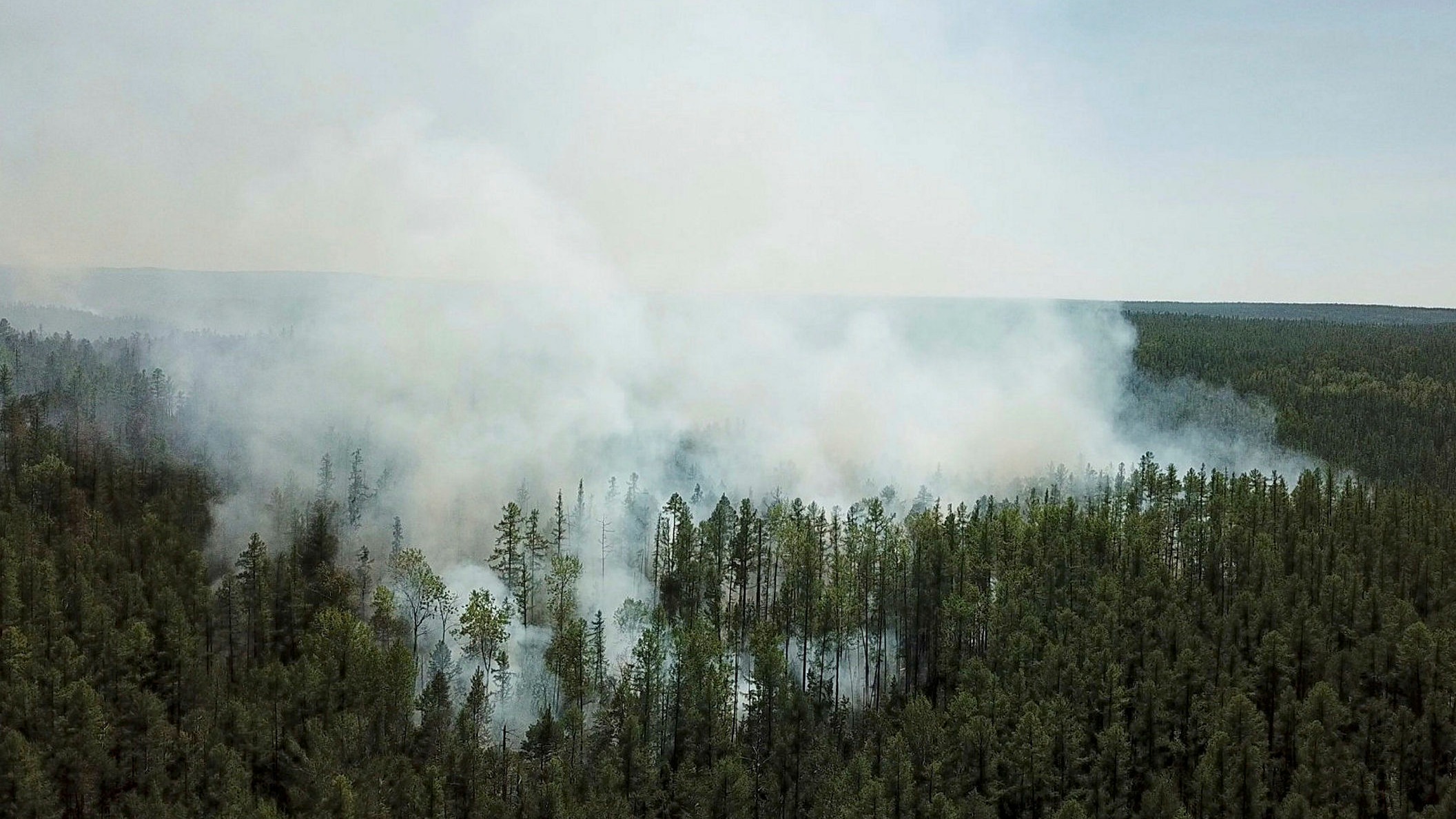The Siberian heatwave that erupted in 2020 has been seen to be releasing new methane emissions from the permafrost, according to a study.
Though the emission limit is less for now as believed by the scientists, however, further research is urgently needed for more information.
If the climate continues to worsen and the increase in temperature continues then the amount could be expected to go up, claimed the scientists.
With the knowledge available to us Arctic methane is typically connected to two sources: organic matter in permafrost and methyl clathrate (molecules of methane frozen in ice crystals).
However, a new study published in the journal Proceedings of the National Academy of Sciences suggests a third source, wrote Tara Yarlagadda in an article for Inverse.

It is important to note that methane is a potent greenhouse gas with 84 to 86 times the warming power of carbon dioxide over a 20-year period.
Satellite analysis of the Yenisey-Khatanga Basin led the scientists to this conclusion. They used an interactive satellite mapping technology, known as PULSE, to calculate methane emissions in the air above the Yenisey-Khatanga Basin in Siberia.
Information from the Satellite indicates that fossil methane gas leaked from rock formations known to be large hydrocarbon reservoirs after the heatwave rose to 6C above normal temperatures.
Previous observations of leaks have been from permafrost soil or under shallow seas, reported The Guardian.
Most of the scientists believe that the calamity, which they call a “methane bomb” leading to a rise in temperature and global heating is very less likely.
There is barely any evidence of significantly rising methane emissions from the Arctic and no sign of such a bomb in periods that were even hotter than today over the last 130,000 years.
The permafrost is a mixture of rock, ice, soil, and the organic remains of animals and plants and in Siberia, the thawing of it is induced by the release of methane in the atmosphere.
Global warming is responsible for the rise in the thawing of the permafrost.
The lead author of the study, Prof Nikolaus Froitzheim, at Rhenish Friedrich Wilhelm University of Bonn, Germany, said: “We observed a significant increase in methane concentration starting last summer.
This remained over the winter, so there must have been a steady flow of methane from the ground.”
“At the moment, these anomalies are not of a very big magnitude, but it shows something is going on that was not observed before and the carbon stock [of fossil gas] is large…We don’t know how dangerous [methane releases] are, because we don’t know how fast the gas can be released.
It’s very important to know more about it.” If Global temperatures rise to an unfathomable amount someday, leading to the release of a large amount of methane then“this methane would be the difference between catastrophe and apocalypse,” he added.
The scientists focused specifically on methane emissions after a heatwave in Siberia in June 2020, as well as methane emissions in the area in spring 2021.
They also compared the methane emissions on the satellite map to a geological map showing where certain rock formations occur, reported Inverse.